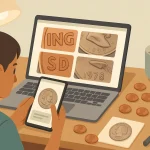Historical Importance of Coins in Different Cultures
The Journey of Coins Through Ancient Civilizations
Coins have traveled through time like silent witnesses, holding the stories of entire civilizations etched into their surfaces. Take a moment to imagine ancient Greece—where a silver drachma wasn’t just currency; it was a statement of identity. What made it extraordinary was the way these coins bore the faces of gods like Athena, symbols of divine favor and civic pride.
On the other hand, in the vast trade networks of the Islamic Golden Age, coins carried elegant Arabic calligraphy, often inscribed with verses from the Quran. These weren’t merely tools of commerce but vehicles for spreading culture and faith.
And who can overlook China’s ancient cash coins with their iconic square holes? More than money, they were considered tokens of luck, tied together with red thread and used in ceremonies to ward off evil spirits.
- Roman denarii: carriers of imperial propaganda, featuring emperors’ faces to assert dominance across the empire.
- Mayan cocoa-bean “coins”: not metal at all, but proof that value is what people agree it to be.
Coins as Cultural Time Capsules
Each coin is a tiny time machine, transporting us to specific moments in history. Think of the Viking hoards found in Scandinavia—packed with coins from lands as distant as the Byzantine Empire. They reveal tales of trade, conquest, and cultural exchanges that textbooks can’t quite capture.
Or consider India’s Gupta dynasty gold coins, richly adorned with kings performing rituals. These delicate artifacts are more than art—they whisper stories of religion, power, and the splendor of a golden age. Even today, holding an ancient coin might give you goosebumps, as if you’re grasping a piece of human history between your fingertips.
Coins as Symbols of Power and Authority
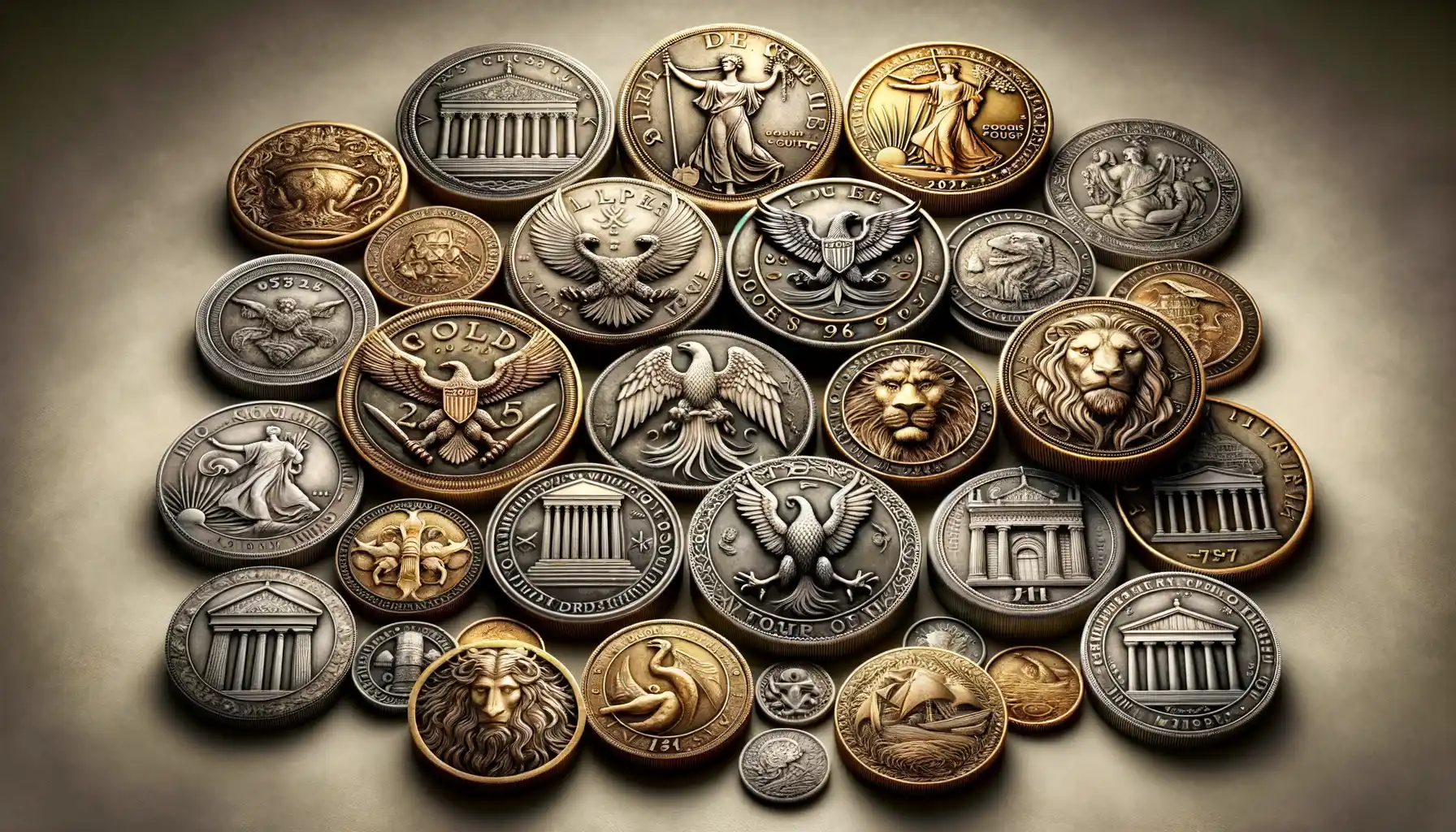
The Power Encased in Metal
In the world of kings, queens, and emperors, coins were more than pocket change—they were miniature, gleaming billboards of authority. Imagine holding a Roman denarius from the reign of Augustus Caesar. That coin wasn’t just money; it was an unspoken declaration: “I rule this land, and you can’t forget it.” Stamped with faces of rulers or emblems of mighty empires, these pieces of metal became tangible proof of power.
The weight of a coin in your hand could symbolize the weight of a ruler’s sovereignty. Genghis Khan, for example, minted coins to spread his influence across vast lands, embedding his name into history’s fabric—literally, one coin at a time. And take medieval Europe. Monarchs competed not only on battlefields but also through the shine of their coinage. A larger, more ornate coin? That meant a larger-than-life ruler.
- Coins bore inscriptions and mottos reinforcing the ruler’s divine right to govern.
- Symbols like lions, eagles, and crowns declared strength, ferocity, and dominance.
Coins as Propaganda Tools
Think of ancient coins as social media posts carved in silver. Every detail—from the ruler’s portrait to the intricate designs surrounding it—served a purpose. The depiction of gods alongside rulers sent a clear message: “We’re chosen by the heavens.” When Alexander the Great appeared on coins with the horns of Zeus-Ammon, he wasn’t just showing off. He was declaring himself semi-divine, a man touched by the gods.
But not all messages were about trumpeting superiority. Coins were also wielded like olive branches during times of turmoil. Rulers might issue new designs to symbolize peace or prosperity, attempting to unify a fractured population. A coin could soothe wounds… or ignite rebellion if seen as an insult. They weren’t just currency; they were instruments of influence, often passing judgment before anyone spoke a word.
Economic and Social Roles of Coins
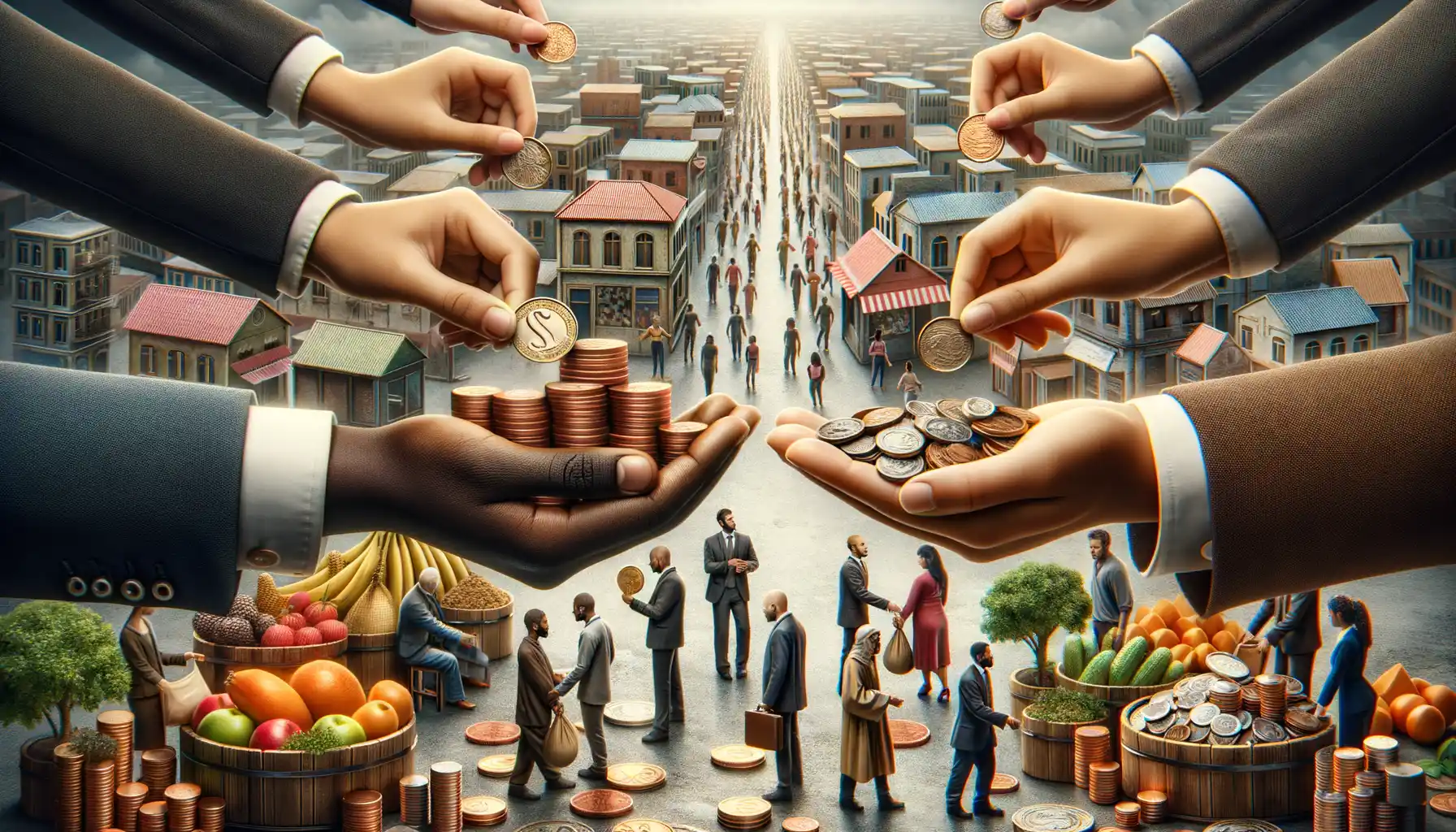
The Lifeblood of Commerce and Human Connection
Coins have always been more than just metal discs—they are the silent enablers of trade, the unsung heroes of daily survival. Imagine a bustling marketplace centuries ago: merchants haggling, spices exchanged for glimmering coins, livelihoods secured with each clang of metal. In these moments, coins became the bridge between dreams and reality, goods and services.
Their portability and uniformity made them indispensable. Unlike fragile barter systems, coins offered certainty. With a coin in hand, whether it was a humble copper piece or an opulent gold dinar, you held a promise—a guaranteed value stamped into its design. This wasn’t just commerce; it was trust etched in metal.
- Facilitating Trade: Coins brought order to chaotic exchanges, moving societies from unpredictable barter to structured economies.
- Symbolizing Prosperity: Holding coins was a tangible representation of wealth, freedom, and security.
Coins didn’t merely pass through hands; they passed through lives, tying people together. A farmer paid workers in coins after harvest. A craftsman saved for his daughter’s marriage. These modest metals carried stories as diverse as the hands that held them.
Artistic and Aesthetic Value of Coinage
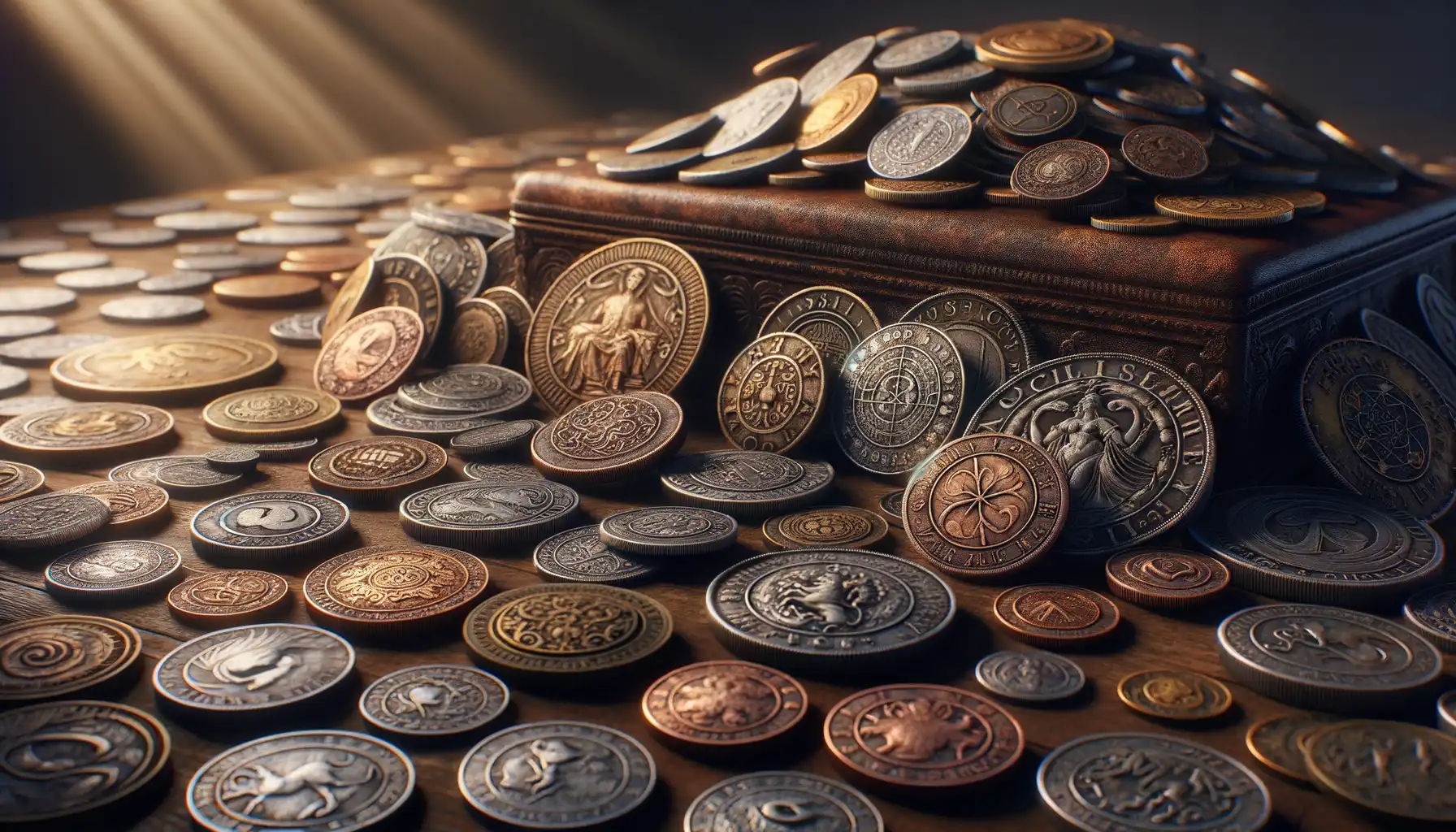
Coins as Tiny Canvases of Human Creativity
Imagine holding history in the palm of your hand—a small, circular masterpiece that whispers stories of empires, beliefs, and artistic brilliance. Coins are so much more than currencies; they’re miniature works of art, expertly crafted to captivate both the eye and the imagination.
Through the ages, artisans have poured their hearts into designing coins, creating jaw-dropping depictions of rulers, mythological beings, and intricate symbols. Think about the delicate laurel crowns circling Caesar’s head on ancient Roman denarii or the roaring lions engraved with astonishing precision on Indian gold mohurs. These aren’t just images; they’re eternal echoes of the artistry of civilizations long gone.
- Techniques that astound: From embossing to engraving, every detail of a coin speaks of painstaking dedication.
- Materials that mesmerize: Gold, silver, bronze—it’s like each metal tells its own unique tale of value and beauty.
- Story in every swirl: Even the edges—dotted, ridged, or smooth—are design choices made with intention.
The Emotional Impact of Coin Design
Ever noticed how a coin’s design can tug at your emotions? A commemorative coin minted for a historical event might spark awe or pride. Modern Euro coins, with their blend of unity and individuality, feel both familiar and special—a symbol of shared identity across diverse nations.
Artists behind these designs are like poets, crafting visual verses with their chisels and molds. A single coin can immortalize moments, from space exploration milestones to cultural festivities, forever preserving human triumphs in cold, hard metal. There’s something magical, almost reverent, about the ability to fuse history, culture, and artistic elegance into an object so small yet so meaningful.
Coins in Modern Cultural and Numismatic Contexts
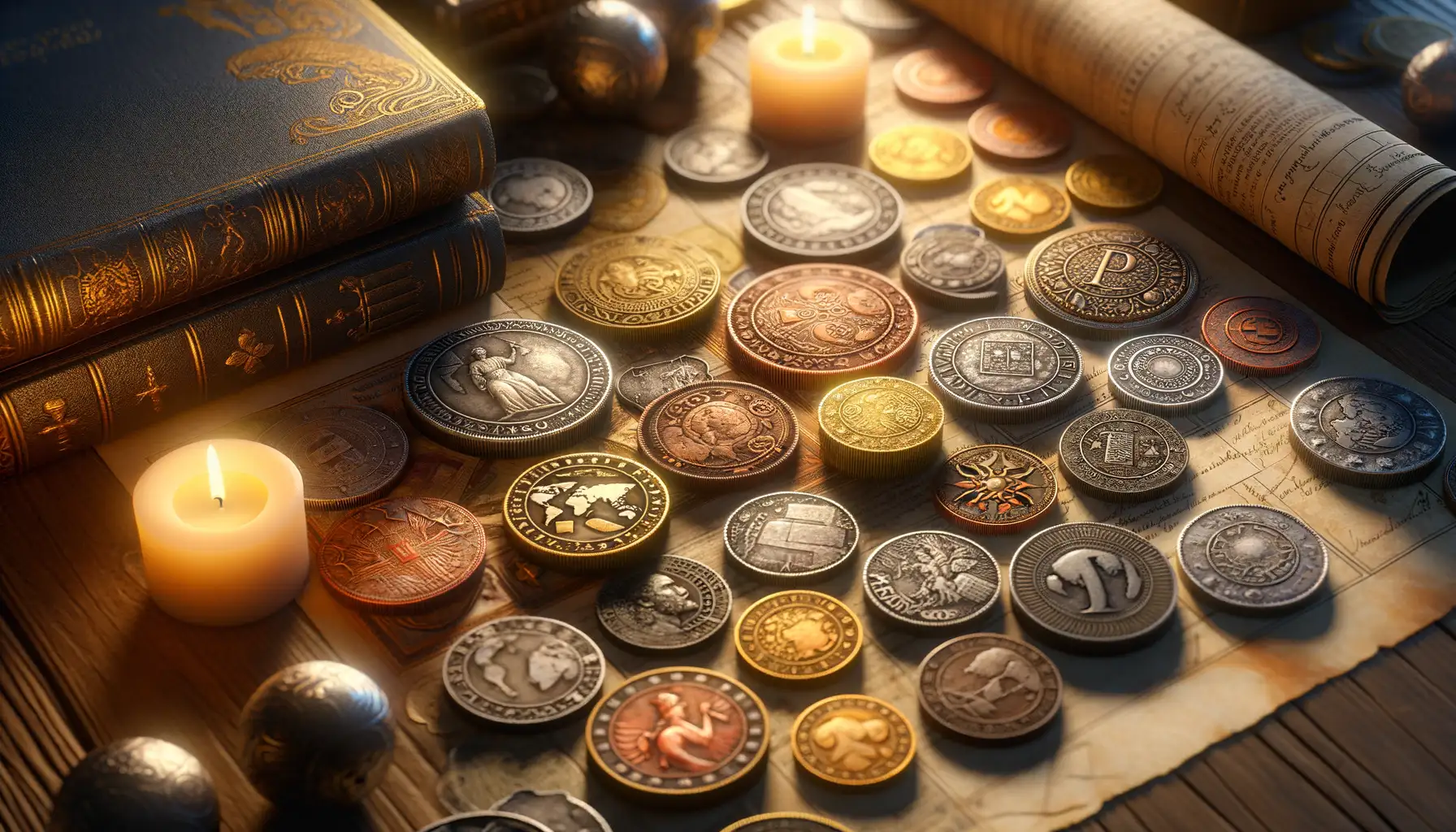
The Role of Coins in Contemporary Collecting Passion
Coins today are far more than just loose change jingling in your pocket—they’re a connection to the past, a reflection of the present, and sometimes even a ticket to treasure hunts! For passionate numismatists (a fancy word for coin collectors), every coin has a story etched in its metal. Maybe it’s a rare Roman denarius, or maybe it’s that quirky commemorative quarter you picked up on a road trip—each one whispers history into your hands.
The beauty of modern coin collecting is how accessible it has become. Here’s why people adore diving into this fascinating hobby:
- History lovers revel in holding tangible pieces of bygone eras, each coin a frozen moment in time.
- Treasure seekers dream of stumbling upon rare finds—like the elusive 1933 Double Eagle.
- Art admirers can’t resist intricate designs, from nature scenes to cultural tributes.
Coins as Pop Culture Icons
Surprisingly, coins have also crept beyond museums and mint collections, finding their way into pop culture. Who hasn’t gasped while flipping a coin à la Two-Face in Batman or marveled at pirates digging up chests of glittering gold doubloons? Even video games like Mario feature them as universal symbols of reward and achievement. Coins aren’t just currency anymore—they’re part of our collective imagination, representing luck, fortune, and adventure.

